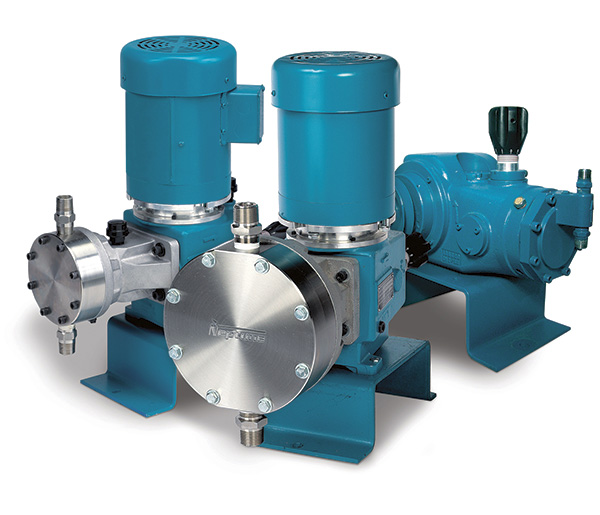People have always needed to treat the water that they consume and use for cooking, bathing and washing. They have also needed to find ways to properly treat and dispose of the water that has been fouled through the course of its use—in latter centuries most commonly during industrial production activities. This need helped the water/wastewater treatment industry grow to $136 billion in revenue in 2011 in the U.S. and to an annual rate of growth between 3 percent and 4.5 percent. When people hear the phrase “water treatment,” however, the first thought that comes to mind is taking water that will be used in domestic settings and removing any impurities, making it safe to drink, cook with, bathe in and wash clothes with—in other words, municipal water treatment. However, from a broader perspective, the term water treatment can have several completely different meanings. In industrial applications, for instance, water can be taken from a nearby river and used for boiler or cooling tower makeouts. In the oilfield, water that is used or produced during the drilling and recovery process can be treated and sold to farmers for use in field irrigation activities. In other words, a large amount of water is being treated at all times and not just for domestic uses.
.jpg) A liquid polymer blending system features a non-mechanical mixing chamber that is reliable when activating all liquid polymers for use in water or wastewater treatment.
A liquid polymer blending system features a non-mechanical mixing chamber that is reliable when activating all liquid polymers for use in water or wastewater treatment.The Challenge
Most of the water used or produced in industrial applications contains some level of solid particles. These particles should clearly not be consumed, but particle-laden water also cannot be used, for example, in a boiler that provides steam to a turbine during power generation or the turbine may become fouled and damaged. Recognizing the presence of particulates in water and successfully removing them, however, are two different things. Some of the particles—which can be anything from bacteria and plant material to dirt or minuscule pieces of crushed stone—are so small that their response to gravity is very low. This means they do not fall through water at a consistent rate because their mass is so small and not impacted by gravity. It may take many hours, days or even weeks for the particles to settle as little as a foot. This is an unacceptable and unpredictable settling rate for a water or wastewater treatment system, so the particles need assistance in settling or clumping. To speed the settling or clumping process, the water treatment facility must introduce a coagulant or flocculant that helps the tiny particles clump together in a mass that is called a floc, which is easier to remove. Two of the more popular types of coagulants/flocculants that are used in water/wastewater treatment are:- Alum—A more economical way to say hydrated potassium aluminum sulfate, alum has been used since Roman times to aid in the purification of drinking and industrial process water. Alum coaxes negatively charged colloidal particles to clump together so they can be more easily removed from settling basins.
- Ferric chloride—Another name for iron (III) chloride, ferric chloride undergoes hydrolysis when dissolved in water, which gives it the ability to sufficiently form suspended solid particles into flocs.
 Peristaltic pumps offer a design that ensures that whatever goes into the pump comes out of the pump.
Peristaltic pumps offer a design that ensures that whatever goes into the pump comes out of the pump.
